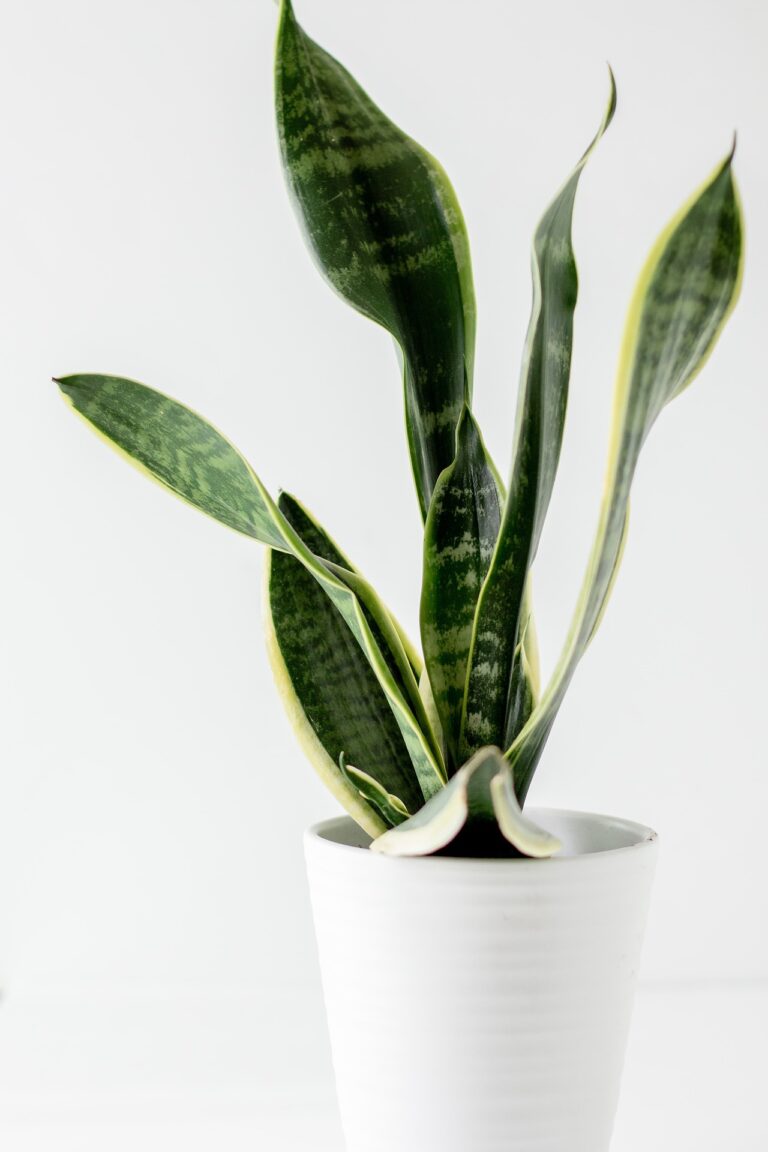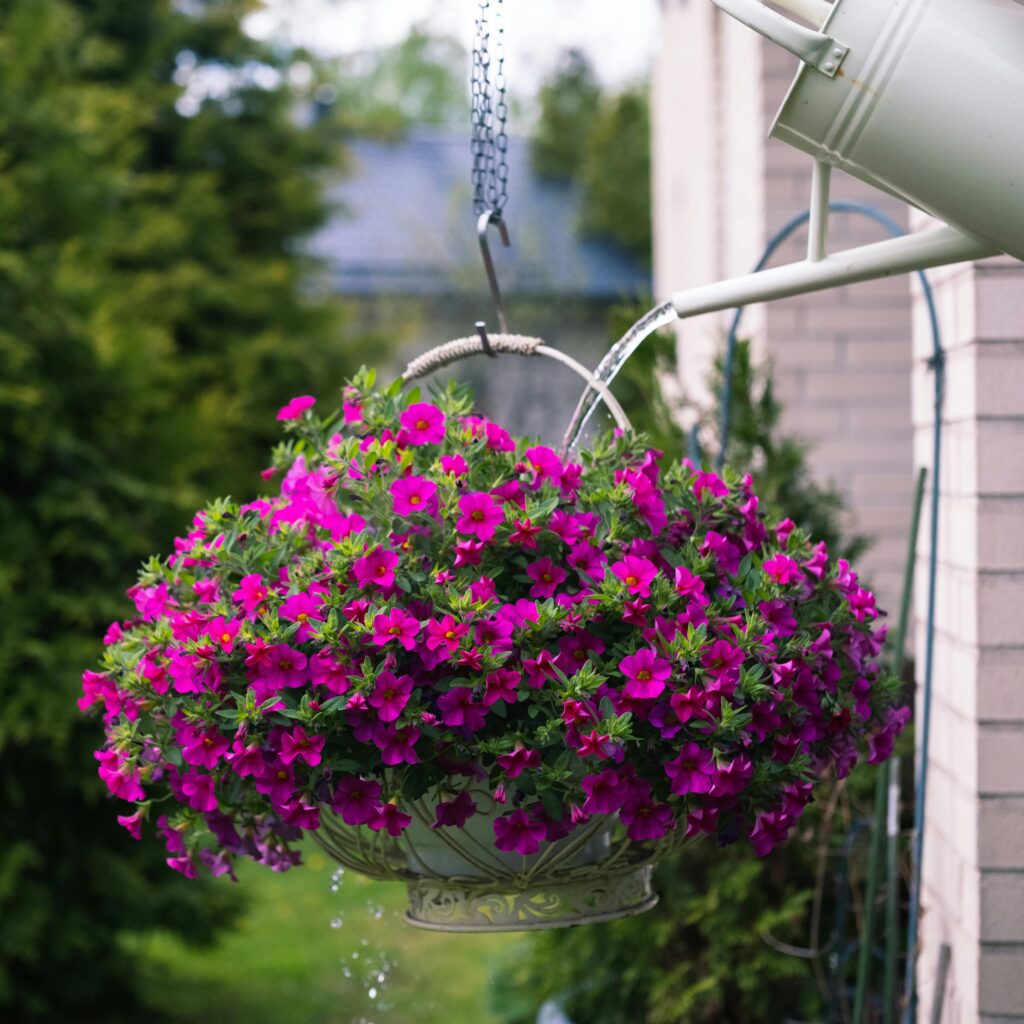In today’s fast-paced world, many are seeking simple ways to improve their living spaces while maintaining a healthy lifestyle. Indoor plants offer an easy and natural solution, as they not only add beauty to your home but also purify the air you breathe. With rising concerns about indoor air quality due to pollutants from household products, furniture, and even the air itself, low-maintenance indoor plants are a perfect solution.
If you’re wondering how to introduce greenery into your home without investing a lot of time in plant care, this guide will introduce you to the best low-maintenance indoor plants for clean air. Not only are these plants easy to care for, but they also actively work to improve your environment by filtering harmful toxins and pollutants.
Low-maintenance indoor plants are ideal for busy individuals, beginners, or anyone who might not have a green thumb. These plants are forgiving if you occasionally forget to water them and can thrive in various indoor conditions, such as low light or fluctuating temperatures.

Spider Plants are another excellent option for those looking for a low-maintenance plant with air-purifying properties. This plant is effective at removing carbon monoxide, formaldehyde, and xylene from the air, making it ideal for homes or offices.
The Snake Plant, also known as Mother-in-Law’s Tongue, is one of the most resilient indoor plants. It is known for its striking appearance with upright, sword-like leaves. The Snake Plant is particularly effective at filtering toxins such as formaldehyde, xylene, and benzene, making it an excellent choice for improving indoor air quality.


Not only is Aloe Vera renowned for its healing properties, but it also serves as a powerful air purifier. It helps to absorb pollutants from cleaning products such as formaldehyde and benzene. Aloe Vera plants are also excellent for keeping around the house for skincare needs.
The Peace Lily is one of the most efficient air-purifying plants. Known for its elegant white flowers and glossy green leaves, it not only beautifies your space but also removes harmful chemicals such as ammonia, formaldehyde, benzene, and trichloroethylene from the air.


The ZZ Plant is a popular low-maintenance indoor plant that not only enhances your décor but also works as an air purifier. Its thick, waxy leaves make it drought-resistant and nearly indestructible, perfect for plant owners who might forget to water regularly.
Indoor plants clean the air through a process called phytoremediation, where the plants absorb pollutants through their leaves and roots. These chemicals are then either stored or metabolized into harmless byproducts. In addition to filtering out harmful toxins, plants also release oxygen and increase humidity, making indoor air healthier to breathe.
While these plants are easy to care for, there are a few tips to ensure they thrive: